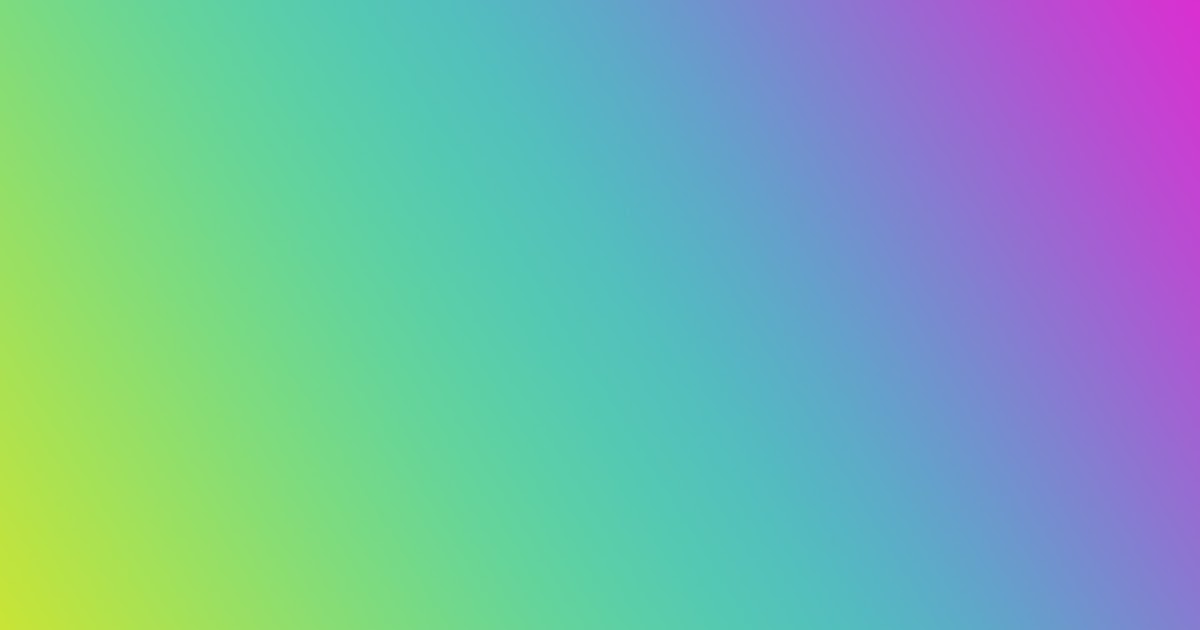
When text is selected the contextual attributes toolbar presents a convenient arrangement of the most commonly used text tools such a stepping font size, of setting alignment.
#Gradient background color in eazydraw professional#
Useful for Page Layout projects, get the professional "magazine" typeset appearance with just the click of a check-box. The paragraph align settings (left, right, center, or justify) have an option toĪround other graphics. And these convert to Bezier with no degradation of appearance. Independent setting of stroke and fill color for any font face. EazyDraw allows the user to add these to any text, and adjust the color, transparency, blur, and offset of the shadow. The newest versions of OS X provide the high quality text drop shadowing capability. EazyDraw doesn't even know that you obtained the shapes from a typeset font. The converted Bezier curves can be edited, they have stroke and fill, they will accept gradient fill and patterns, - no limitations. No Limitations For Converted Bezier Paths: Typeset text is precisely converted to fully editable individual Bezier curves. You can take advantage of this convergence of technology with one click on the convert menu. EazyDraw is a vector based drawing application with advanced Bezier curve editing. OS X provides high quality font processing that is based on Bezier curves. The wide range of typesetting capabilities that are provided by OS X are seamlessly integrated into your EazyDraw application.
#Gradient background color in eazydraw full#
Let’s overlay three gradients to make a background with nearly the full spectrum of colors that can be displayed on a monitor.EazyDraw is a Cocoa Application and has full access to all fonts that are available to your OS X system. Lea Verou showcased impressive patterns that can be created with this technique, from checkerboards, to bricks, to stars.īut now that we have the background-blend-mode property, we can create even more new gradients and patterns. Functions like linear-gradient(), radial-gradient(), and the repeating-linear-gradient() and repeating-radial-gradient() varieties of the two have widespread support and more critically, a standardized syntax across browsers.īut the background property can also accept more than one gradient rendered on top of each other, with each function separated by a comma. The background property is where we can use CSS gradients. However, this article will focus on background-blend-mode, the property with the most widespread support, and how you can use it today to create eye-catching backgrounds and photo effects for your website that once were only possible in Photoshop.Ĭombining CSS gradients with background-blend-mode

mix-blend-mode, for blending elements over other elements, and lastly.




 0 kommentar(er)
0 kommentar(er)
